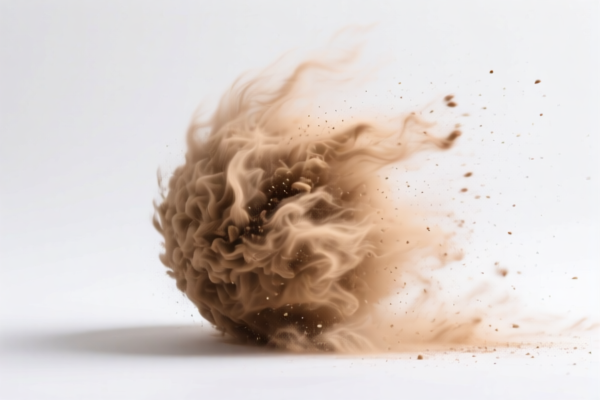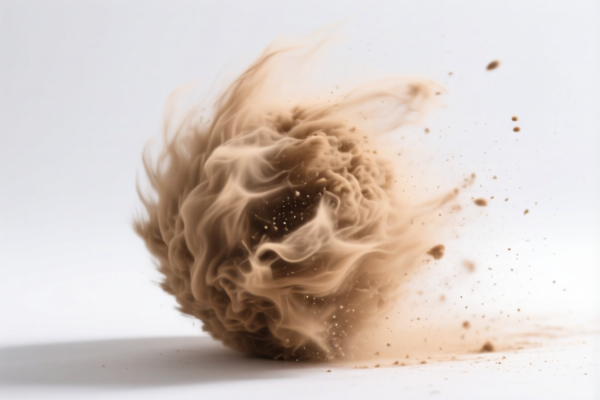| HS Code | Official Doc | Tariff Rate | Origin | Destination | Effective Date |
|---|---|---|---|---|---|
| 3926904800 | Doc | 33.4% | CN | US | 2025-05-12 |
| 3926909910 | Doc | 42.8% | CN | US | 2025-05-12 |
| 3924104000 | Doc | 33.4% | CN | US | 2025-05-12 |
| 3924905650 | Doc | 40.9% | CN | US | 2025-05-12 |
| 4823901000 | Doc | 55.0% | CN | US | 2025-05-12 |
| 4823907000 | Doc | 55.0% | CN | US | 2025-05-12 |
| 4805915000 | Doc | 55.0% | CN | US | 2025-05-12 |




Blowing Dust Ball
A blowing dust ball is a handheld cleaning tool used for removing dust, debris, and particles from delicate or hard-to-reach areas. It typically consists of a rubber bulb and a flexible nozzle or tube.
Material:
- Bulb: Usually made of natural or synthetic rubber, providing flexibility and air compression.
- Nozzle/Tube: Constructed from plastic or rubber, offering varying lengths and diameters depending on the application.
Purpose:
The primary function of a blowing dust ball is non-contact cleaning. It allows for the removal of particles without the use of cloths or liquids, minimizing the risk of damage or residue.
Function:
Squeezing the rubber bulb forces a concentrated stream of air through the nozzle. This air pressure dislodges dust and debris from surfaces.
Usage Scenarios:
- Electronics: Cleaning camera lenses, sensor surfaces, keyboards, computer components, and other sensitive electronic equipment.
- Optics: Removing dust from eyeglasses, telescopes, microscopes, and other optical instruments.
- Jewelry: Gently cleaning intricate jewelry pieces.
- Collectibles: Removing dust from figurines, stamps, coins, and other delicate collectibles.
- Automotive: Cleaning vents, dashboards, and other interior car components.
Common Types:
- Standard Blowing Dust Ball: A basic model with a single bulb and nozzle.
- Rocket Blower: A larger, more powerful version with a larger bulb and a more focused air stream, often used for camera sensors.
- Air Duster with Brush: Combines a blowing bulb with a soft brush for loosening stubborn particles before blowing them away.
- Electric Dust Blowers: Battery-powered or AC-powered devices that provide a continuous stream of air, offering greater convenience for larger cleaning tasks. (These are distinct from compressed air cans, though they serve a similar purpose.)
Based on the provided information, determining the precise HS code for a “blowing dust ball” requires careful consideration of its material composition. Here’s a breakdown of potential classifications based on the available data:
- 3926904800: This code covers “Other articles of plastics and articles of other materials of headings 3901 to 3914: Other: Photo albums”. While seemingly unrelated, if the “blowing dust ball” is constructed from plastic, this could be a potential classification under the broader “Other” category. The total tax rate is 33.4%, comprising a 3.4% base tariff, 0.0% additional tariff, and a 30% additional tariff effective April 2, 2025.
- 3926909910: This code covers “Other articles of plastics and articles of other materials of headings 3901 to 3914: Other: Other Laboratory ware”. If the “blowing dust ball” is specifically designed for cleaning sensitive equipment in a laboratory setting, this code might apply. The total tax rate is 42.8%, consisting of a 5.3% base tariff, a 7.5% additional tariff, and a 30% additional tariff effective April 2, 2025.
- 4823901000: This code covers “Other paper, paperboard, cellulose wadding and webs of cellulose fibers, cut to size or shape; other articles of paper pulp, paper, paperboard, cellulose wadding or webs of cellulose fibers: Other: Of paper pulp”. If the “blowing dust ball” is made of paper pulp, this code is applicable. The total tax rate is 55.0%, including a 0.0% base tariff, a 25.0% additional tariff, and a 30% additional tariff effective April 2, 2025.
- 4823907000: This code covers “Other paper, paperboard, cellulose wadding and webs of cellulose fibers, cut to size or shape; other articles of paper pulp, paper, paperboard, cellulose wadding or webs of cellulose fibers: Other: Other: Other: Of cellulose wadding”. If the “blowing dust ball” is made of cellulose wadding, this code is applicable. The total tax rate is 55.0%, including a 0.0% base tariff, a 25.0% additional tariff, and a 30% additional tariff effective April 2, 2025.
Important Considerations:
The classification hinges on the material composition of the “blowing dust ball”. If it’s made of plastic, 3926904800 or 3926909910 are potential options. If it’s made of paper pulp or cellulose wadding, 4823901000 or 4823907000 would be more appropriate.
According to the provided reference material, the HS code options related to 'blowing dust ball' are limited, with only the following 4 found.
Customer Reviews
No reviews yet.